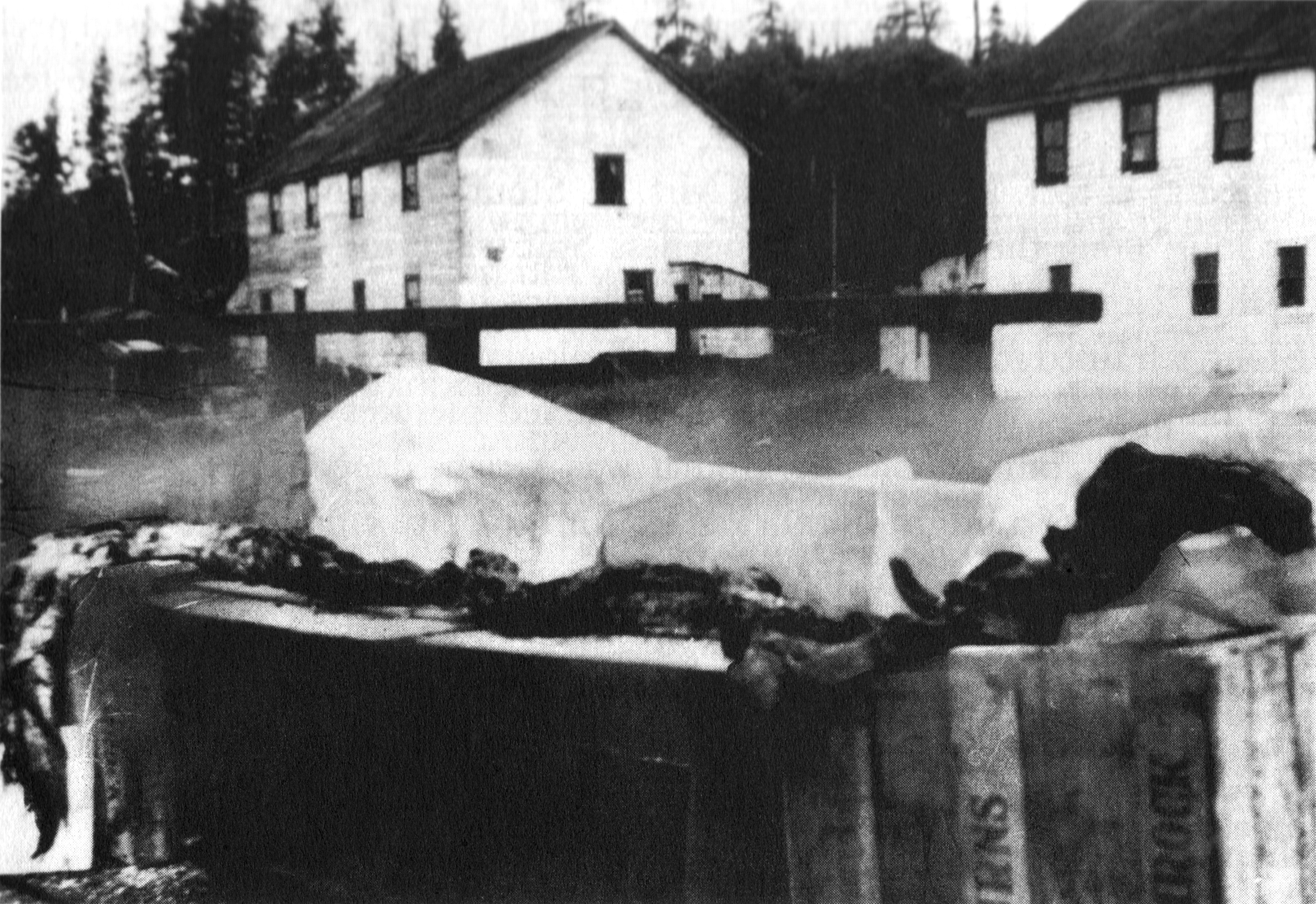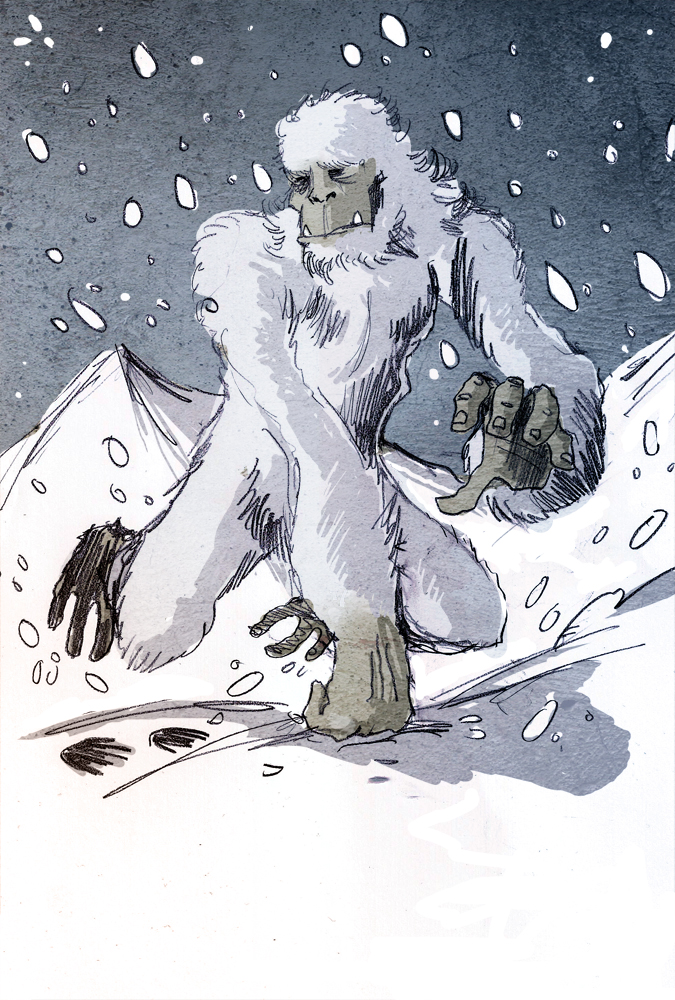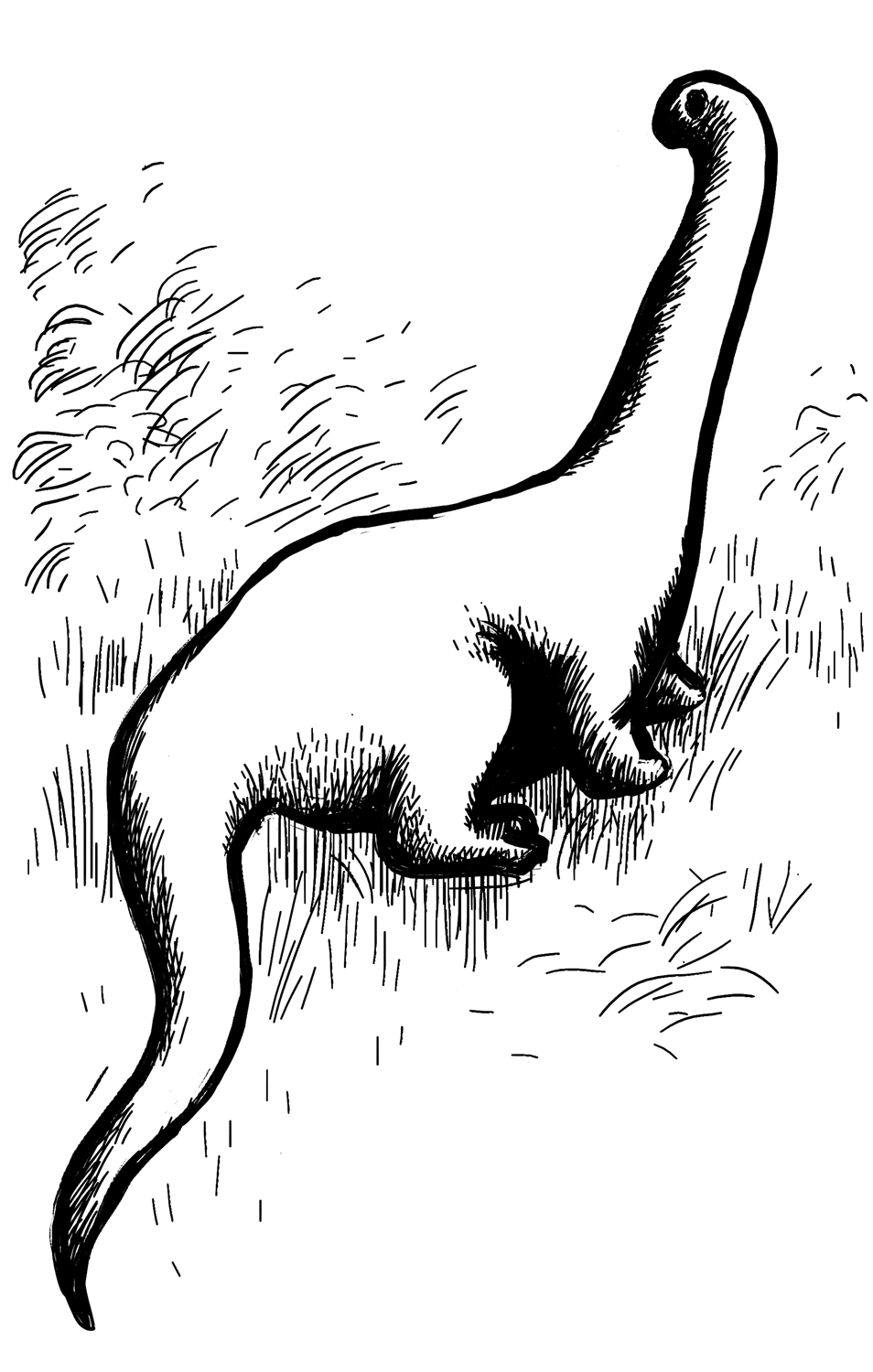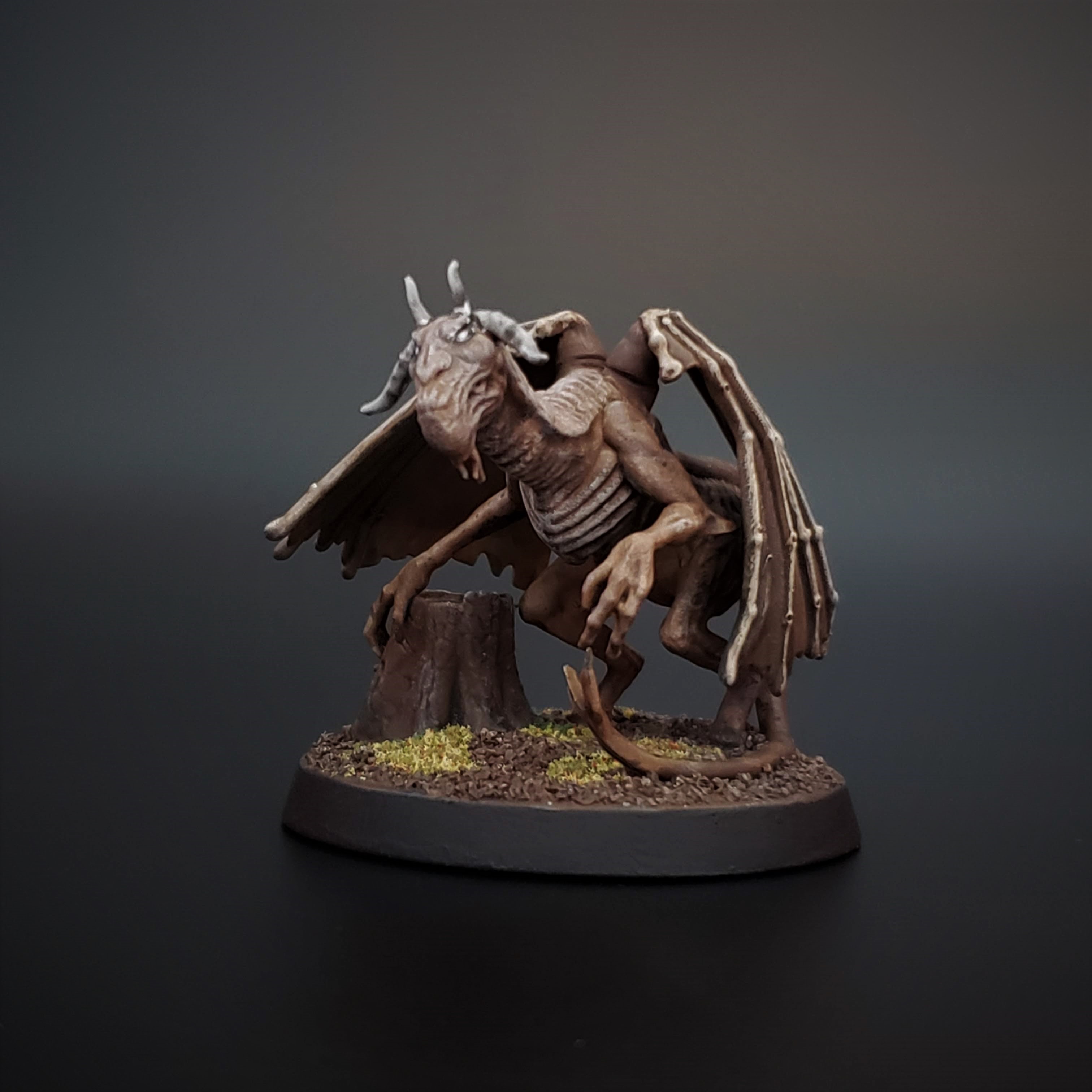|
Cryptid
Cryptids are animals that cryptozoologists believe may exist somewhere in the wild, but are not believed to exist by mainstream science. Cryptozoology is a pseudoscience, which primarily looks at anecdotal stories, and other claims rejected by the scientific community. While biologists regularly identify new species following established scientific methodology, cryptozoologists focus on entities mentioned in the folklore record and rumor. Entities that may be considered cryptids by cryptozoologists include Bigfoot, Yeti, the chupacabra, the Jersey Devil, the Loch Ness Monster, and the Mokele-mbembe. Scholars have noted that the cryptozoology subculture rejected mainstream approaches from an early date, and that adherents often express hostility to mainstream science. Scholars have studied cryptozoologists and their influence (including the pseudoscience's association with Young Earth creationism), noted parallels in cryptozoology and other pseudosciences such as ghost hunting ... [...More Info...] [...Related Items...] OR: [Wikipedia] [Google] [Baidu] |
Yeti
The Yeti ()"Yeti" ''Random House Webster's Unabridged Dictionary''. is an ape-like creature purported to inhabit the Himalayan mountain range in Asia. In western popular culture, the creature is commonly referred to as the Abominable Snowman. Many dubious articles have been offered in an attempt to prove the existence of the Yeti, including Anecdotal evidence, anecdotal visual sightings, disputed video recordings, photographs, and plaster casts of large footprints. Some of these are speculated or known to be hoaxes. Folklore studies, Folklorists trace the origin of the Yeti to a combination of factors including Sherpa people, Sherpa folklore and misidentified fauna such as Himalayan brown bear, bear or yak. The Yeti is commonly compared to Bigfoot of North America, as the two subjects often have similar physical descriptions. ...
|
Mokele-mbembe
In cryptozoology, the Mokele-mbembe (also written as "Mokèlé-mbèmbé"), Lingala for "one who stops the flow of rivers", is a water-dwelling entity that supposedly lives in the Congo River Basin, sometimes described as a living creature, sometimes as a spirit. Those that allegedly saw the entity describe it as a large quadrupedal herbivore with smooth skin, a long neck and a single tooth, sometimes said to be a horn. In early to mid 20th century, the entity would become a point of focus among adherents of the pseudoscience of cryptozoology, and young Earth creationism, resulting in numerous expeditions led by cryptozoologists and funded by young Earth creationists and other groups with the objective to find evidence that invalidates or contradicts the scientific consensus regarding evolution. Paleontologist Donald Prothero remarks that "the quest for Mokele-Mbembe... is part of the effort by creationists to overthrow the theory of evolution and teaching of science by any means ... [...More Info...] [...Related Items...] OR: [Wikipedia] [Google] [Baidu] |
Loch Ness Monster
The Loch Ness Monster ( gd, Uilebheist Loch Nis), affectionately known as Nessie, is a creature in Scottish folklore that is said to inhabit Loch Ness in the Scottish Highlands. It is often described as large, long-necked, and with one or more humps protruding from the water. Popular interest and belief in the creature has varied since it was brought to worldwide attention in 1933. Evidence of its existence is anecdotal, with a number of disputed photographs and sonar readings. The scientific community explains alleged sightings of the Loch Ness Monster as hoaxes, wishful thinking, and the misidentification of mundane objects. The pseudoscience and subculture of cryptozoology has placed particular emphasis on the creature. Origin of the name In August 1933, the ''Courier'' published the account of George Spicer's alleged sighting. Public interest skyrocketed, with countless letters being sent in detailing different sightingsR. Binns ''The Loch Ness Mystery Solved'' pp 1 ... [...More Info...] [...Related Items...] OR: [Wikipedia] [Google] [Baidu] |
Cryptozoologists
Cryptozoology is a pseudoscience and subculture that searches for and studies unknown, legendary, or extinct animals whose present existence is disputed or unsubstantiated, particularly those popular in folklore, such as Bigfoot, the Loch Ness Monster, Yeti, the chupacabra, the Jersey Devil, or the Mokele-mbembe. Cryptozoologists refer to these entities as ''cryptids'', a term coined by the subculture. Because it does not follow the scientific method, cryptozoology is considered a pseudoscience by mainstream science: it is neither a branch of zoology nor of folklore studies. It was originally founded in the 1950s by zoologists Bernard Heuvelmans and Ivan T. Sanderson. Scholars have noted that the subculture rejected mainstream approaches from an early date, and that adherents often express hostility to mainstream science. Scholars have studied cryptozoologists and their influence (including the pseudoscience's association with Young Earth creationism), noted parallels in cryptoz ... [...More Info...] [...Related Items...] OR: [Wikipedia] [Google] [Baidu] |
Bigfoot
Bigfoot, also commonly referred to as Sasquatch, is a purported ape-like creature said to inhabit the forest of North America. Many dubious articles have been offered in attempts to prove the existence of Bigfoot, including anecdotal claims of sightings as well as alleged video and audio recordings, photographs, and casts of large footprints. Some are known or admitted hoaxes. Tales of wild, hairy humanoids exist throughout the world, and such creatures appear in the folklore of North America, including the mythologies of indigenous people. Bigfoot is an icon within the fringe subculture of cryptozoology, and an enduring element of popular culture. The majority of mainstream scientists have historically discounted the existence of Bigfoot, considering it to be the result of a combination of folklore, misidentification, and hoax, rather than a living animal. Folklorists trace the phenomenon of Bigfoot to a combination of factors and sources including indigenous cultures, the E ... [...More Info...] [...Related Items...] OR: [Wikipedia] [Google] [Baidu] |
Cadborosaurus October 1937
''Cadborosaurus'', nicknamed Caddy by journalist Archie Wills, is a sea serpent in the folklore of regions of the Pacific Coast of North America. Its name is derived from Cadboro Bay in Greater Victoria, British Columbia, and the Greek root word "''saurus''" meaning lizard or reptile. Description ''Cadborosaurus willsi'' is said by witnesses to resemble a serpent with vertical coils or humps in tandem behind the horse-like head and long neck, with a pair of small elevating front flippers, and either a pair of hind flippers, or a pair of large webbed hind flippers fused to form a large fan-like tail region that provides forward propulsion.Bousfield, Edward L. & Leblond Paul H. (2000). ''Cadborosaurus: Survivor from the Deep''. Heritage House Publishing. Dr. Paul LeBlond, director of Earth and Ocean Sciences at UBC, and Dr. Edward Blousfield, retired chief zoologist of the Canadian Museum of Nature, state every elongated animal has been put forward as an explanation for Caddy ... [...More Info...] [...Related Items...] OR: [Wikipedia] [Google] [Baidu] |
Champ (folklore)
In American folklore, Champ or Champy is the name of a lake monster said to live in Lake Champlain, a -long body of fresh water shared by New York and Vermont, with a portion extending into Quebec, Canada. The legend of the monster is considered a draw for tourism in the Burlington, Vermont and Plattsburgh, New York areas. History of the legend Over the years, there have been over 300 reported sightings of Champ. The original story is related to Iroquois legends of giant snakes, which the Mohawk named Onyare’kowa. French cartographer Samuel de Champlain, the founder of Québec and the lake's namesake, is often claimed to be the first European to have sighted Champ, in 1609. However, this legend dates back to a fake quote published in the Summer 1970 issue of '' Vermont Life''. In the ''Vermont Life'' article, Champlain is alleged to have documented a "20-foot serpent thick as a barrel, and a head like a horse." This quote has often been repeated, but is in fact apocryphal ... [...More Info...] [...Related Items...] OR: [Wikipedia] [Google] [Baidu] |
Dobhar-chú
The Dobhar-chú (; ), or King Otter, is a creature of Irish folklore. It resembles both a dog and an otter, though it sometimes is described as half dog, half fish. It lives in water and has fur with protective properties.There are little to no written records of the Dobhar-Chú since its legend has relied heavily on oral storytelling and tradition. Description Physical description of the Dobhar-Chú resembles an otter but said to be about five times as large (perhaps 10–15 feet), with white pelt, black ear tips and a black cross on its back. Though, due to the murky waters it is said to reside in, its pelt may be portrayed as darker. Etymology is one of a number of Irish words for 'otter'. The modern Irish word for 'water' is ''uisce'' (see whiskey), although ''dobhar'' is also (rarely) used. ''Dobhar'' is a much older form and cognates are found in other Celtic languages (e.g. Welsh ''dŵr'' or ''dwfr,'' Cornish ''Dowrgi'' 'waterhound/otter' ). ''Cú'' is 'hound' in Irish ... [...More Info...] [...Related Items...] OR: [Wikipedia] [Google] [Baidu] |
Brosno Dragon
The Brosno dragon, also known as ''Brosnya'' (Russian: Бросня), is a lake monster which in Russian folklore is said to inhabit Lake Brosno near Andreapol in western Russia. It is described as resembling a dragon and is the subject of a number of regional legends, some which are said to date back to the 13th century. Theories Many people treat the existence of Brosnya skeptically and say that the creature may be a beaver or a giant pike. History It was rumored in the 18th and 19th centuries that the giant creature emerged on the lake surface in the evening, but immediately submerged when people approached. It is said that during World War II the beast swallowed up a German airplane. See also * Loch Ness Monster * Monster of Lake Tota * Limnic eruption A limnic eruption, also known as a lake overturn, is a very rare type of natural disaster in which dissolved carbon dioxide () suddenly erupts from deep lake waters, forming a gas cloud capable of suffocating wildlife, li ... [...More Info...] [...Related Items...] OR: [Wikipedia] [Google] [Baidu] |
Chupacabra
The chupacabra or chupacabras (, literally 'goat-sucker'; from es, chupar, 'to suck', and , 'goats') is a legendary creature in the folklore of parts of the Americas, with its first purported sightings reported in Puerto Rico in 1995. The name comes from the animal's reported vampirism—the chupacabra is said to attack and drink the blood of livestock, including goats. Physical descriptions of the creature vary, some describe it as reptilian and alien-like (in Puerto Rico and Latin America), generally as a heavy creature the size of a small bear with a row of spines reaching from the neck to the base of the tail. Others depict it as more dog-like (particularly in Southwestern United States). Sightings have been reported in Puerto Rico since the 1970s, and this creature has since been reported as far north as Maine, as far south as Chile, and even outside the Americas in countries like Russia and Philippines. All of the reports are anecdotal and have been disregarded as u ... [...More Info...] [...Related Items...] OR: [Wikipedia] [Google] [Baidu] |
Jersey Devil
In South Jersey and Philadelphia folklore in the United States, the Jersey Devil (also known as the Leeds Devil) is a legendary creature said to inhabit the forest of Pine Barrens in South Jersey. The creature is often described as a flying biped with hooves, but there are many variations. The common description is that of a bipedal kangaroo-like or wyvern-like creature with a horse- or goat-like head, leathery bat-like wings, horns, small arms with clawed hands, legs with cloven hooves, and a forked tail. It has been reported to move quickly and is often described as emitting a high-pitched "blood-curdling scream".''The Jersey Devil'', by James F. McCloy and Ray Miller Jr., Middle Atlantic Press. Origin of the legend Mother Leeds's 13th child According to popular folklore, the Jersey Devil originated with a Pine Barrens resident named Jane Leeds, known as "Mother Leeds". The legend states that Mother Leeds had twelve children and, after finding she was pregnant for the thirte ... [...More Info...] [...Related Items...] OR: [Wikipedia] [Google] [Baidu] |






